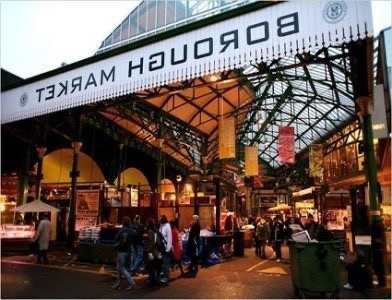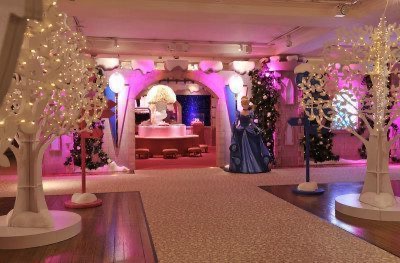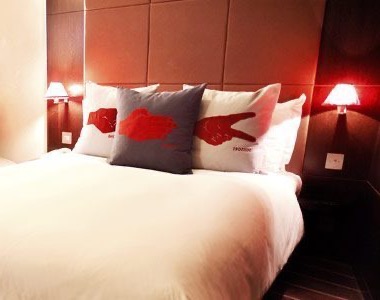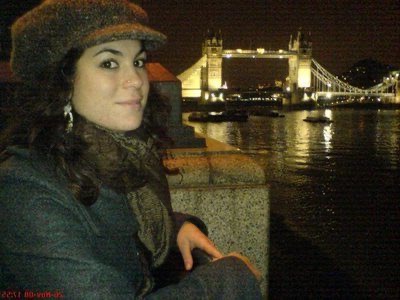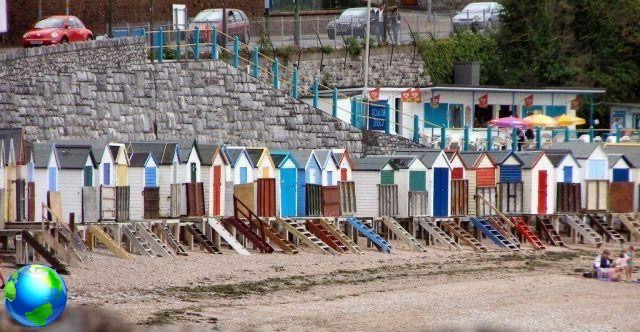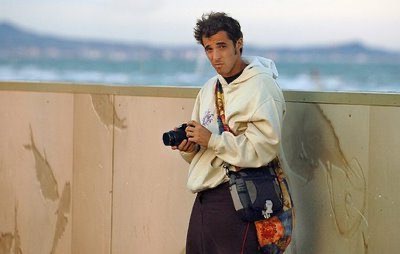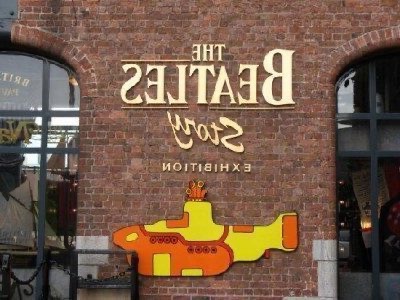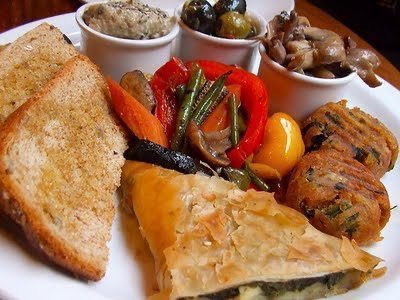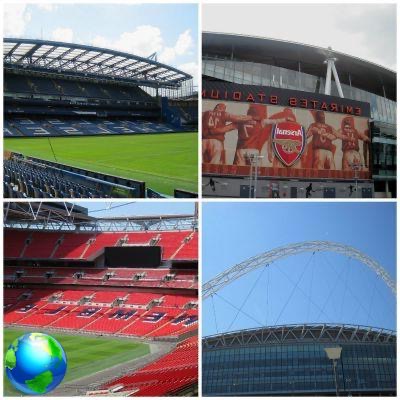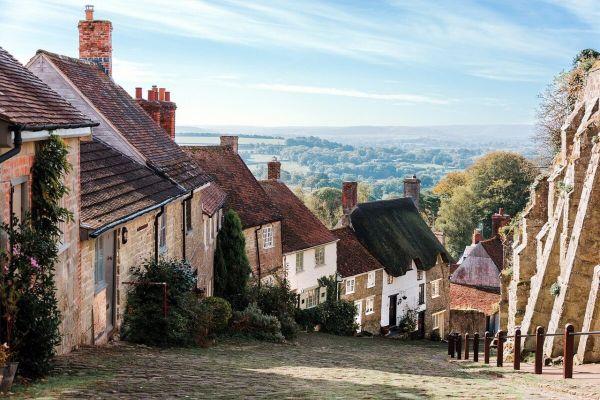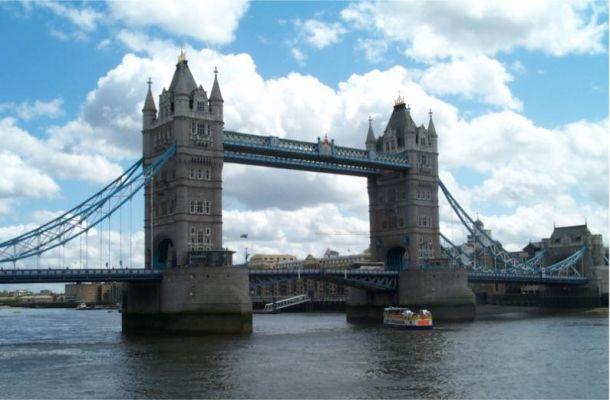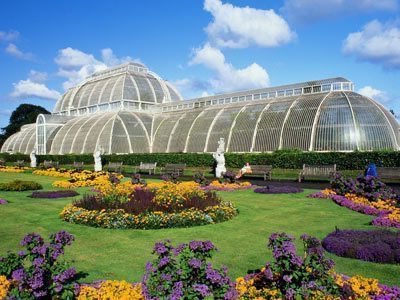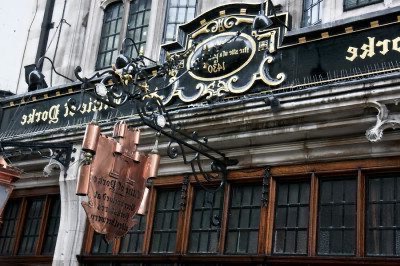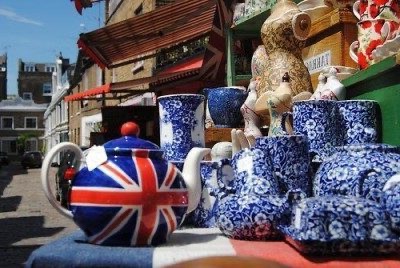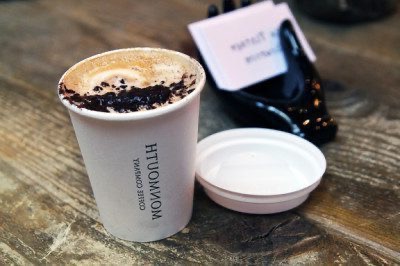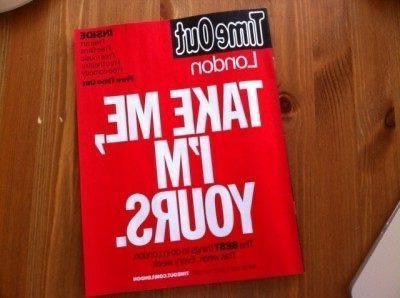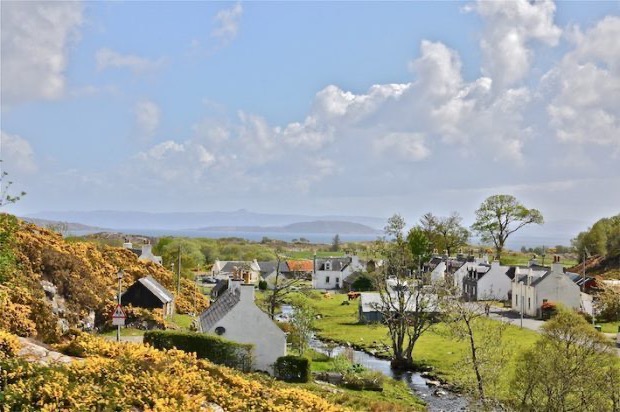An itinerary for a week in Cornwall, all the places to sleep and where to eat typical and good, but also low cost, for a unique holiday and an unforgettable trip to Cornwall, read here.
Arriving in Cornwall you don't get the impression of being in the UK, where fog is expected even in August and humid and rainy weather. This is not the case in this horn of land at the southwestern tip of the British Isles: during my vacation it was always sunny and at certain times it was almost hot.
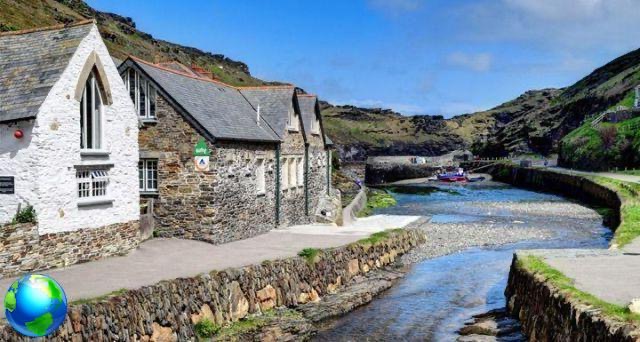
But, on the other hand, the Cornwall it is an atypical county: unlike other areas of the country, it did not undergo Roman domination, remaining independent under the guidance of the Celtic leaders. Cornwall has a troubled past of smugglers, secret hiding places and loot looted from ships.
It is not easy to get there or to travel from one part of the county to another, unless you have a week to spare and a great desire to travel hundreds of miles along winding roads.

First day in Cornwall
There are no direct flights between Italy and Cornwall so you need to get to London and from here take another flight to Newquay. Not having found affordable offers at convenient times, I preferred to arrive in London Gatwick, rent a car and spend a night halfway there. This saves time and money, since the car should be rented anyway.
We booked our first night close to Bath, just over two hours from Gatwick, so you don't have to drive too long in the dark and across the road.
Where to sleep: Burghope Manor is a country manor, with a few classically furnished rooms, all overlooking the garden.
Where to eat: from Timbrell's Yard, a riverside place where you cook with local products.

Second day in Cornwall
From the outskirts of Bath it takes two hours to get to Minehaed, a city that is still part of Somerset county and worth a stroll to the old port and the beach.
In another two hours you reach the villages of Boscastle e Tintagel, united by the myth of King Arthur. It seems that the legendary character was born right in the castle of Tintagel, of which now only the ruins exist on a cliff overlooking the sea. Boscastle is a tiny village built around the fjord carved by two rivers and characterized by the presence of thatched roof houses and stone cottages.
The last move is just twenty minutes: it is reached Port Isaac, a seaside village known for its crab and oyster trade. The villages all seem to look a bit alike here, with the white and gray houses, and the fishing boats moored at the port.
Where to sleep: The Slipway, B&B in the center of Port Isaac; like so many structures in the area it boasts a past of smugglers and pirates. Few rooms, modern and basic, with private bathroom and harbor view.
Where to eat: aperitif at Fresh From The Sea, a fish shop with a small cafe attached to have a beer and share a crabmeat or lobster sandwich.
For dinner, more fish from Outlaw's Fish Kitchen: simple dishes, based on the catch of the day.

Third day in Cornwall
From Port Isaac we leave for Padstow, a larger country, with a more worldly atmosphere than other villages on the coast. It's worth stopping by the sea to try Stein's Fish & Chips, the takeaway opened by celebrity chef Rick Stein.
Newquay it is just fifteen miles away and is a small town of 20.000 inhabitants: by the sea, with a beautiful sandy beach and nothing else that has caught my attention.
Much more picturesque it is St. Ives, about thirty miles. Once a thriving fishing port, in recent decades it has turned into a holiday resort for artists. There are many galleries along the bay, where the works of local painters are exhibited. At the end of Porthmeor's white beach is the Tate St. Ives, gallery that since 1993 exhibits the works of artists of the St. Ives school.
Where to sleep: The Terrace, family-run hotel above the beach in St. Ives, with modern and bright rooms.
Where to eat: lunch from Amity, fish takeaway in Newquay. Try the Chief Brody, a lobster sandwich served in hot brioche, and the oysters.
For dinner in St. Ives, the Porthminster Café, with tables by the sea and a seafood menu.
Fourth day in Cornwall
We move to Land's End, the most southwestern point of Great Britain. Not far away is the Minack Theater, an open-air theater built overlooking a cliff where subtropical plants grow due to the particularly mild climate. The next step is Penzance, a renowned tourist destination in Cornwall where you can spend a few hours by the sea or stroll along the narrow streets of the center. From here you move to Marazion, a small town in Mount Bay.
Where to sleep: The Marazion Hotel, in the center. Spacious rooms with sea views.
Where to eat: Ben's Cornish Kitchen, a small restaurant run by a self-taught chef.

Fifth day in Cornwall
The morning is dedicated to the main attraction of Marazion, the St. Michael's Mount. The name, history and characteristics are quite similar to the "big brother" in France: both places are dedicated to the archangel Michael and his apparition. Like Mont Saint-Michel, this sacred mountain is also an island that can be reached on foot at low tide.
From Marazion we move to Lizard Point. After seeing the most southwestern point you can't help but take a walk along the cliffs of the Lizard, the southernmost tip of the country.
Last stop along the Fal river estuary, a Falmouth, a city with a rich past linked to the sea and fishing.
Where to sleep: The Falmouth Townhouse, close to the harbor, in an area with many independent shops.
Where to eat: we reach Helford Passage to taste the dishes of The Ferry Boat Inn, a pub on the beach where we follow the philosophy of the farm to table.

Sixth day in Cornwall
The first stop of the day is Mevagissey, a fishing village at the far end of St. Austell Bay. Once known for fishing for salacche - sardine-like fish - it now owes its fame to Pentewan beach. A few miles away it is St. Austell, one of the largest cities in Cornwall, famous for the market that took place already in medieval times in the center of the country.
From here, a narrow and winding road leads to Polperro, a tiny center with dozens of artists' and craft shops housed in old whitewashed cottages.
Where to sleep: The Cottage B&B, a structure in the center of Polperro, with a few small and cozy rooms.
Where to eat: from the B&B you can walk to the Three Pilchards, the oldest pub in the city and formerly frequented by smugglers, sailors and fishermen. Excellent beers, which accompany hearty dishes.
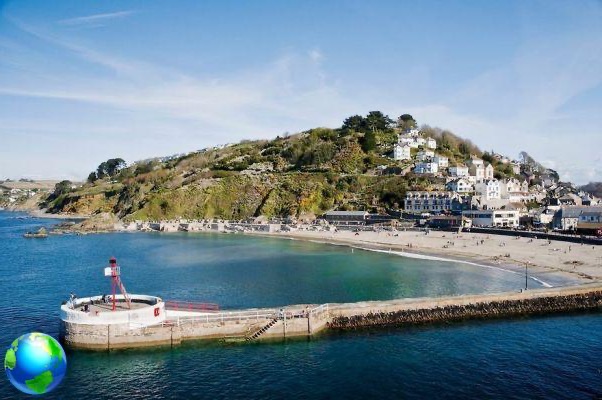
Seventh day in Cornwall
After a walk in Polperro we then move to Looe, a town divided in two by the river of the same name. In the east are the port and the main commercial activities, while in the west the city is quieter, with small shops and restaurants. The port takes place every day fish auction, where even people passing by can buy fish directly from boats.
Where to sleep: The Fieldhead Hotel, located along the West Looe coast, overlooking the bay and village.
Where to eat: halfway between Polperro and Looe is the ideal spot for lunch, the Talland Bay Beach Cafe, a beach venue serving sandwiches, Cornish pasties and sweets.
Trawlers on the Quay is great for dinner: located in East Looe, with a patio overlooking the harbor. Among the dishes to try, the grilled salacche with oil, lemon and toast.
THElast day, the eighth, we leave early. We leave this magical county behind, to return to the chaotic reality of London and, from here, back to Italy.








